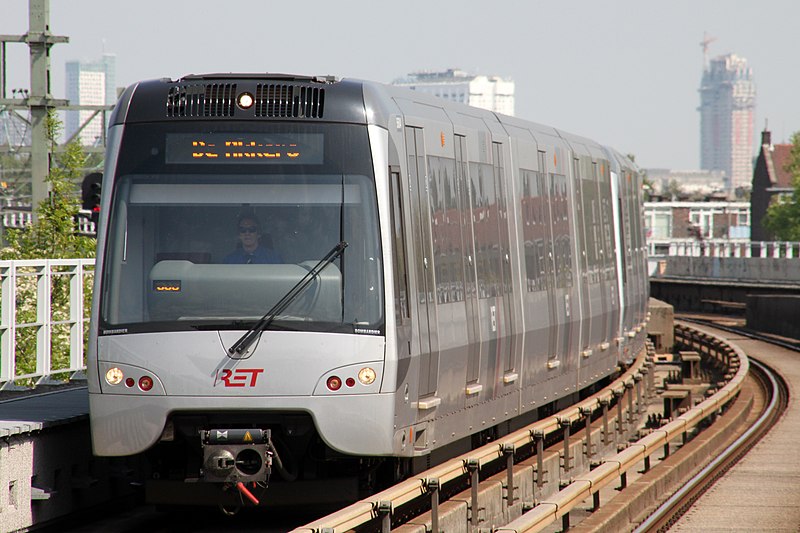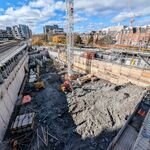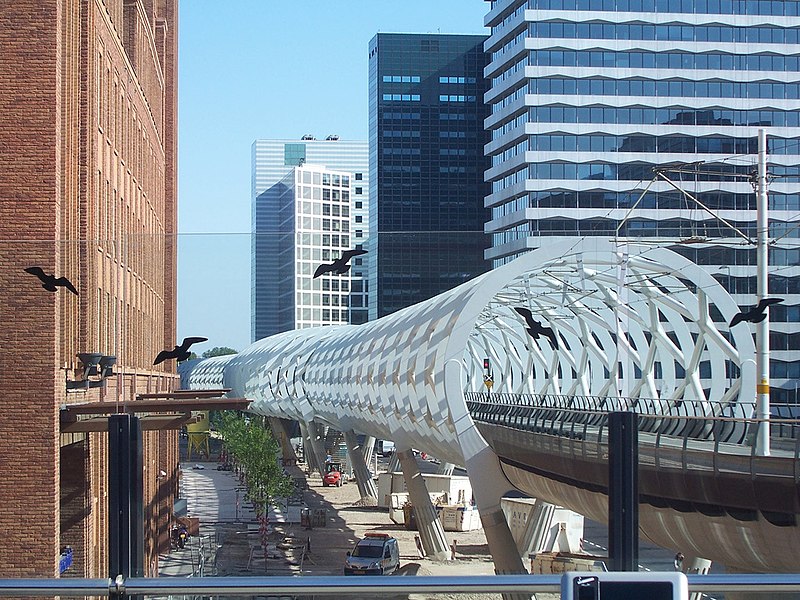golodhendil
Active Member
Yup, and the DLR stock is also manufactured by Bombardier.The Canada line uses regular metro trains. Some examples of LRVs using third rail are the London Docklands system and the SEPTA Norristown High Speed Line.
And then there is the new rolling stock of the Rotterdam Metro, which are actually in the same general Flexity family as the new TTC LRVs, and can swtich between third rail and pantograph:







